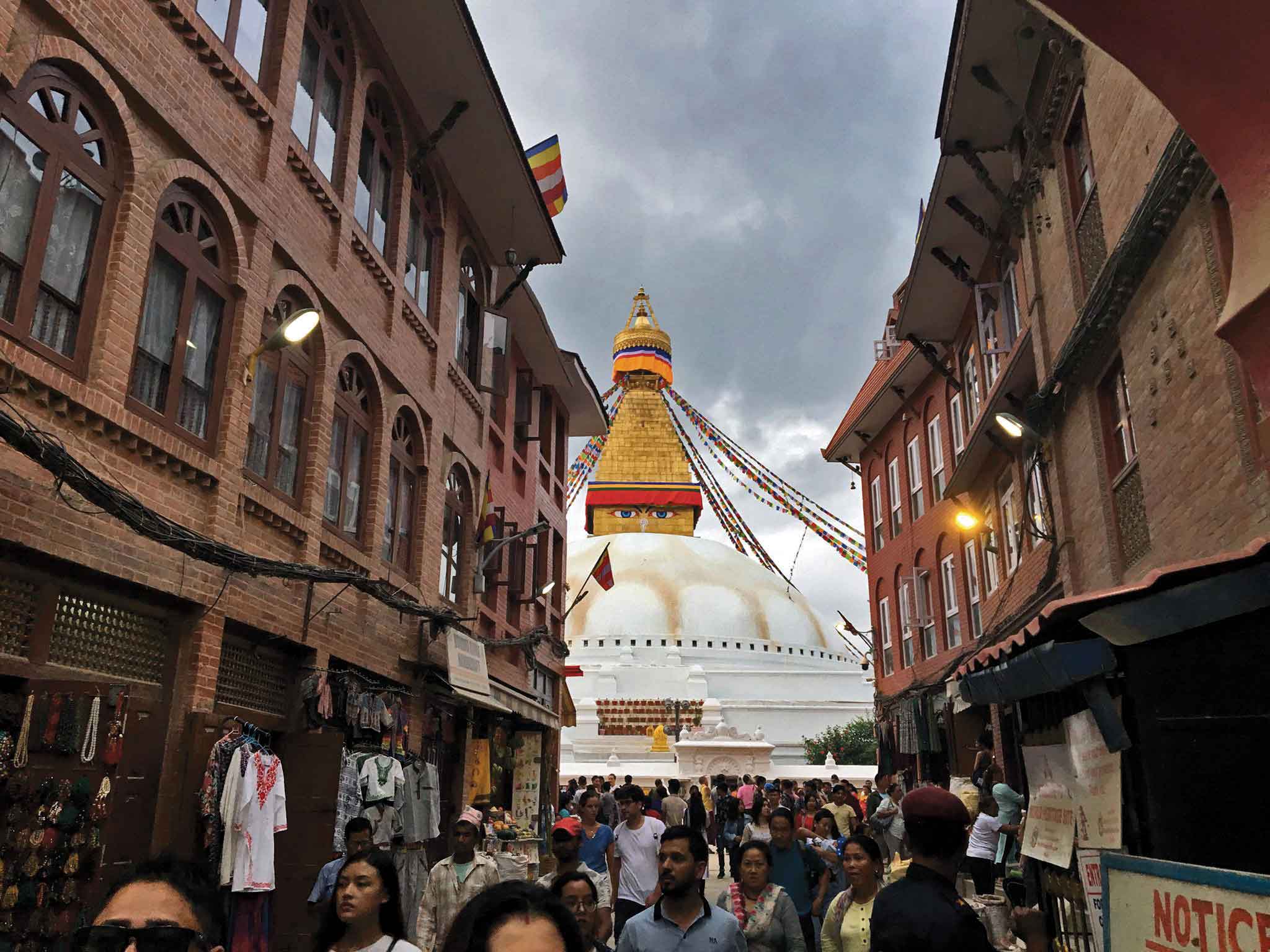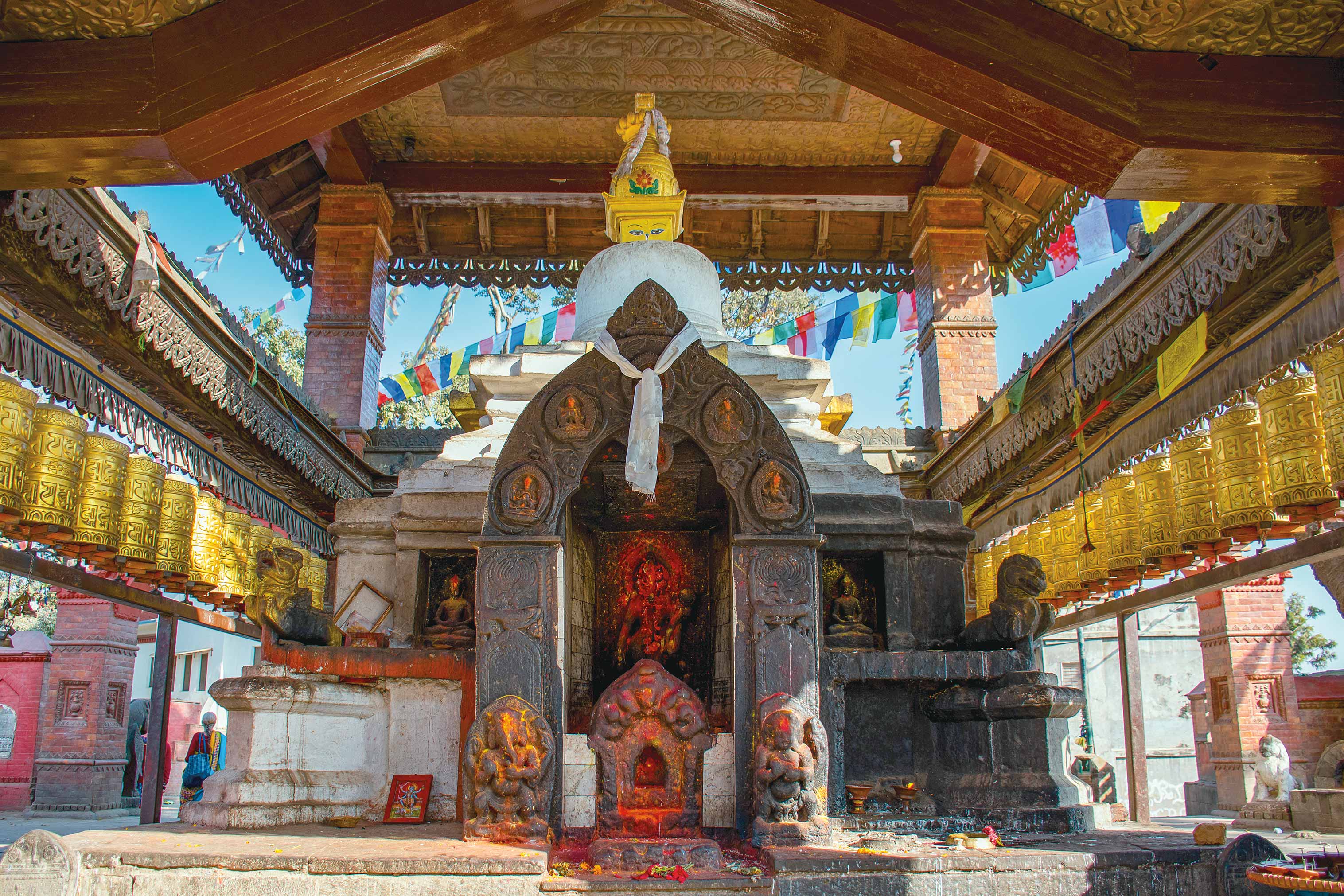Saka Dawa is the holiest of Buddhist holidays, the commemoration of Buddha’s birth, enlightenment and death all wrapped into one glorious 24-hour period.
Mention the Wild West and Americans conjure up visions of six shooter-strapped cowboys galloping across wide open spaces. Images that have, in reality, been replaced today with strip malls and highways. A world away the Himalayan kingdom retains such apparitions, in an area surrounded by indigo blue sky, snow streaked earth and the forces of nature. Nestled at the heart of this old-world frontier sits Humla, a name which when mentioned always solicits a long ahhhhhh from the most battle hardened travelers. For this is an oasis untouched by the grinding wheels of modernization, a patch of the planet where one can be lost, yet found.
Any venture westward usually begins in Nepalgunj’s southern swelter, a place so hot, floating waves of heat dance before your eyes. Waiting at the airport, sweat trickles down your spine as you sit hoping the airfield bandh will lift. With flight, fingers are crossed as you soar through gradually rising hills praying that the rickety plane doesn’t crater. Simikot, like most mountain airstrips, is a postage stamp size plot of packed earth nestled on a high plateau. Don’t watch too closely as the two-winged taxi floats down with butterfly-like grace.
For Hindu and Buddhist alike, this is Nepal’s gateway to Mount Kailash, the earthly manifestation of the cosmic Mount Meru, place of pilgrimage and rebirth for Bon, Buddhist, Hindu and Jain alike. In short, the holiest mountain on earth! Here, the Indian faithful gather for the final push to circumvent the mountain and free themselves from rebirth. They gather from Bangalore, Chennai, and Mumbai, their first real taste of the Wild West. All dressed in matching gear resembling high altitude mountaineers, they lumber across the 500 meter distance from airport to hotel. Each step comes with struggle, one’s own personal Everest. At daybreak, the beat of helicopter wings whisks them away, and fears of sudden altitude gain replace the rigorous advance for those with lives too full to experience what they came for.
Not us. After two days of heavy plodding, we arrive for the opening of Saka Dawa, the holiest of Buddhist holidays, the commemoration of Buddha’s birth, enlightenment and death all wrapped into one glorious 24-hour period. Like a winding rope, thousands silently pad over rock strewn trails. They tread up and down the crisscrossing paths; Chhetris, Thakuris and Bhotias, similarly bound by faith, at the crook of the Karnali River. Like an ebbing tide, brightly colored wraps dot the winding mountain paths with splashes of color better reserved for an artist’s palette. Reverent whispers echo along the wildflower strewn valley and alight at Railing Monastery, shadow-streaked below the grey bulk of little Kailash Mountain. The pilgrims have come to pray, dance, show off their finery, and, for the first time in some many years to be together again.
Founded in the 8th century, and temporary home to wandering poet/yogi Milarepa, Railing casts its medieval spell on this spot saturated with holiness. The road home has been long for the red-robed Ringpoche, returning for the first visit since coming with his father some 40 years ago. He is the reincarnation of his grandfather, young again, and carrying the heavy weight of the blessings and hopes of the masses.
The pilgrims crowd around the multicolored high throne waiting for that special moment when the Ringpoche will shift his gaze towards them and whisper his blessing. Lamas swathed in traditional woolen blankets bow reverently, each wondering when their time for “goodness bestowed,” will occur. When the special moment arrives, the Ringpoche dips his head and with magnetism pulls each worshipper in for those few precious seconds. The exchange is personal and lightness seems to overtake those that have been lucky enough to fall under his gaze. Then, communion-like, the blessed make their way past several stations of the long table where Monks smear sun-burnt bronzed foreheads with yak butter while muttering more prayers and administering a healthy shot of chang to each partaker. The line begins to surge forward as patience dwindles and worshippers shove to inch closer to their anointed time. Monks spring forward like rugby captains diving into a scrum as they desperately try to restore order. After the struggle, which everyone takes in stride, the blessed shuffle back down the path dodging flying tsampa balls launched by young boys seeking attention — a truly unique way of gaining a young woman’s affection.
A distant drum beat fades to a muffle. The midnight moon floats like a child’s lost balloon over white tipped peaks in the western Himal, twinkling pixie-like in the purple-streaked night. We gaze upon the glowing orb and our little acts of virtue are magnified one hundred million times – a virtual karma jackpot.

Cultural Studies Group of Nepal: Insight from those who really know their stuff
If you are already wise to the ways of CSGN, feel free to skip to...










